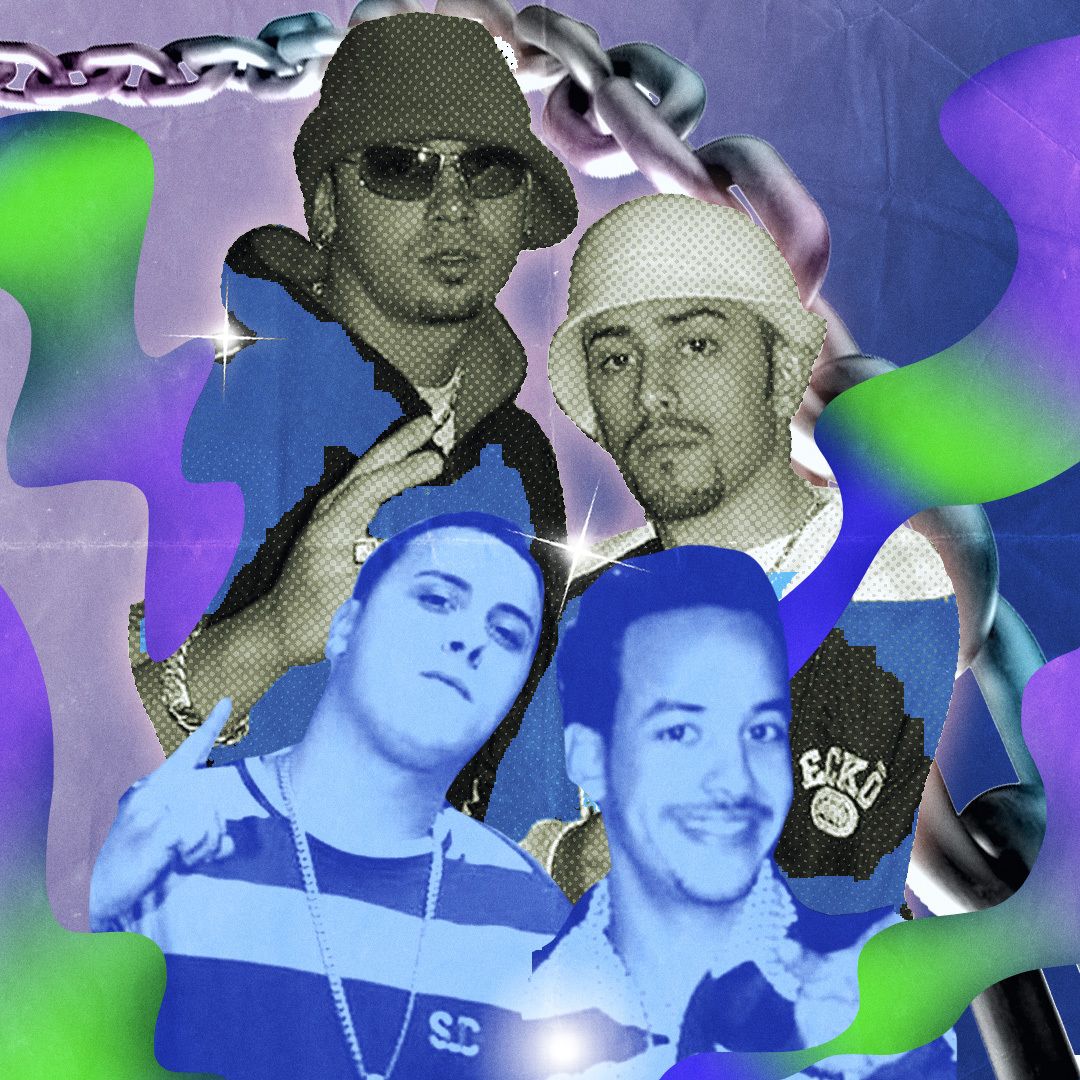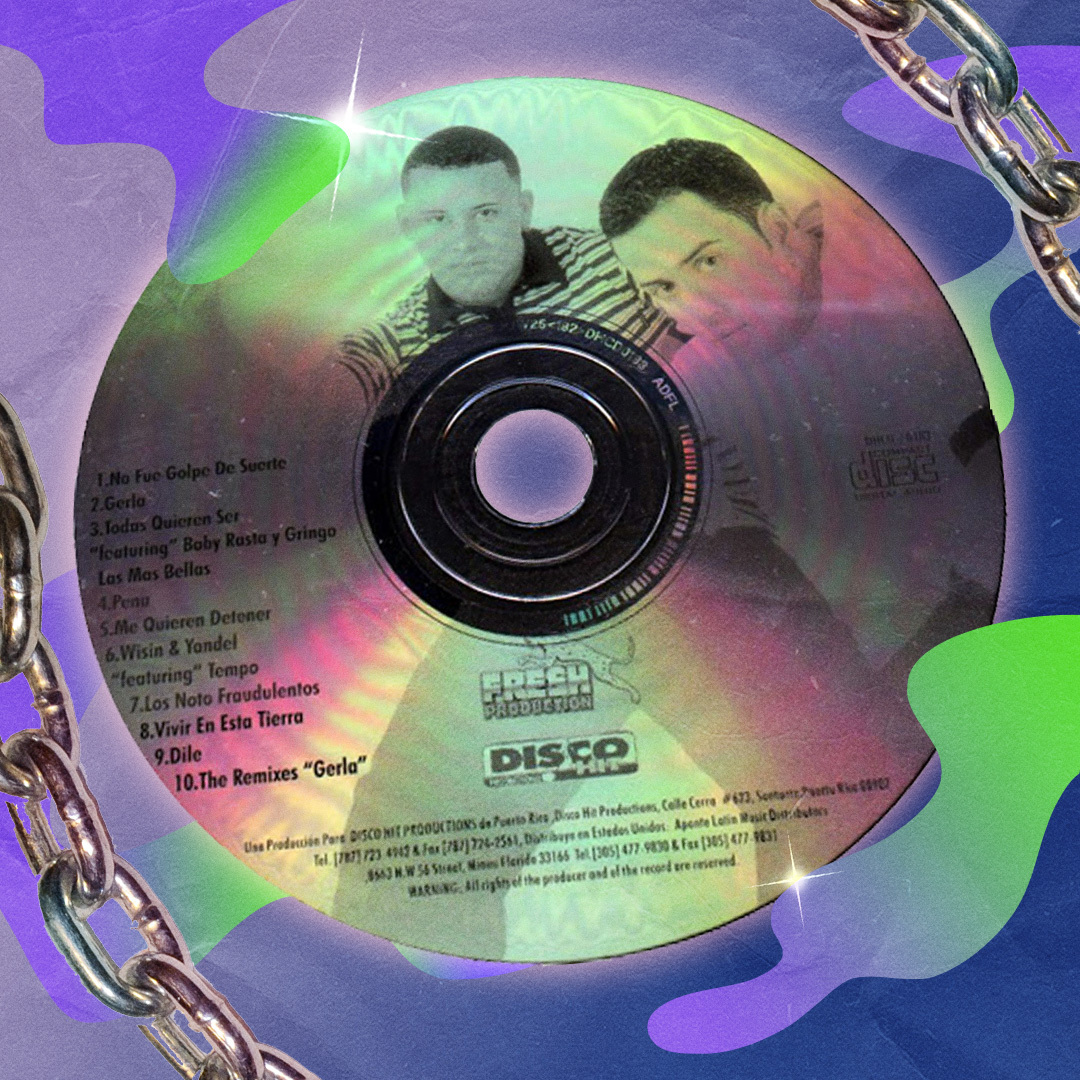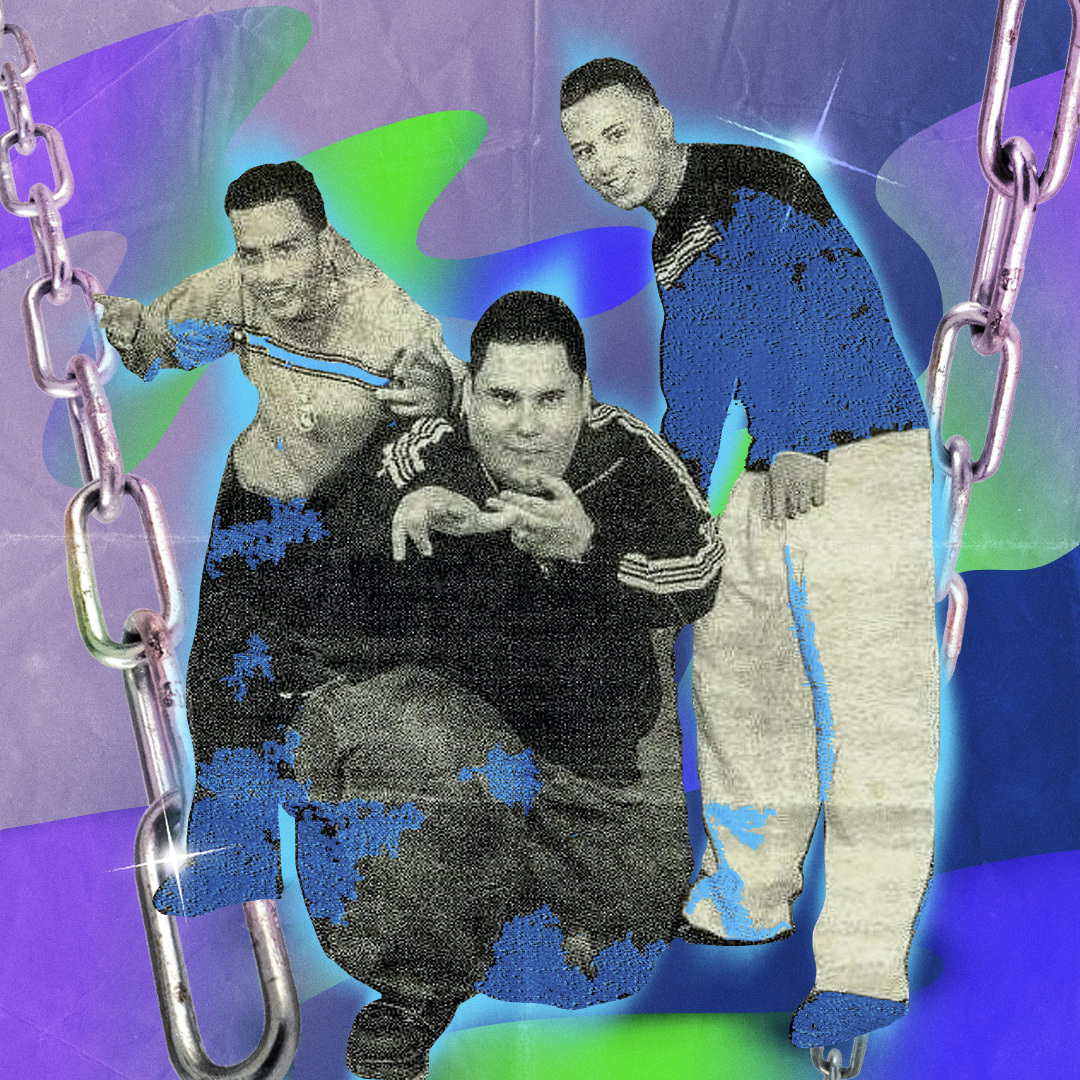The year 2000 doesn’t stand as a flagship year for reggaeton. It’s sandwiched between underground’s rise and backlash from authorities in the mid-’90s and the international breakthrough just a few years down the line. Very few albums were released during the year marked by the Latin Boom. One of the most significant albums, though, was Los Reyes Del Nuevo Milenio—the first effort by perhaps the most successful duo in reggaeton history: Juan Luis Morera Luna and Llandel Veguilla Malavé, better known as Wisin & Yandel.
Their endurance and willingness to collaborate with everybody—and a catalog of bangers that haven’t dried up—has put them at the forefront of the reggaeton movement. Their first album turns 20 this year; the perfect excuse to look back at the time before their sunglasses became an iconic part of the movement.

Los Reyes was released in the middle of the war on reggaeton in Puerto Rico, when politicians spoke about how they believed the genre encouraged sex and crime rather than reflect their realities. Raids, in which CDs would get confiscated and artists and producers would get targeted for investigation, happened throughout the island. The authorities’ Mano Dura campaign was still reigning in the streets of San Juan, yet the rise of reggaeton was not to be undermined. In 1999, the first radio station dedicated to the genre (Mix 107.7 FM) was founded by DJ Nelson and DJ Coyote. Nelson was a cornerstone of The Noise—the influential collective that was the epitome of the sound on the island. This is the world that gave us Los Reyes Del Nuevo Milenio.

The duo behind it formed in 1998 and soon found themselves appearing in seminal compilations such as DJ Dicky’s No Fear 3 and La Misión Vol. 1 alongside future titans like Daddy Yankee and Nicky Jam. These comps were put together by pioneering San Juan labels, Fresh Productions and Disco Hit Productions—both of which would get behind Wisin & Yandel to make their proper debut album.
Produced by architects of Boricua dembow such as DJ Nelson, DJ Black, DJ Rafy Melendez, DJ Eric and DJ Adam, the sound of Los Reyes is gloriously lo-fi, clearly made with samplers and sequencers (before computers and Fruity Loops became the standard for the production of independent reggaeton tracks). While the desire to make those sounds was there, they still didn’t have all the tools available to them.
They were not the first (or the last) successful duo of the movement, even if they became the most iconic.
You can’t really prepare yourself for what is yet to come when you hear the album’s opener, “No Fue Golpe de Suerte.” The track starts with a boom-bap inspired beat that recalls the pre-shiny suit era of New York rap; before long, it morphs into a dembow that itself keeps changing until another square beat replaces it. Los Reyes oscillates between sandungueo and gritty street hip-hop. The big single of the album, “Gerla” interpolates the hook from Sugar Ray’s TRL summer jam “Someday” to launch a song that features all the hallmarks of a reggaeton classic that should have been. In contrast, “Dile” goes full romantic style with a huge hook propelling the song. You can hear the seeds of the style that would make them international stars.
The title of the album proved to be quite prophetic
Not everything was set from the get-go, though. Los Reyes finds Wisin & Yandel trying different sounds for size and experimenting with their lyrics and delivery, as well as their overall sound. “Pena” marries DJ Premier-type beats with their characteristic reggaeton flow to give us some social commentary of life in the streets. “Me Quieren Detener” treads similar territory but, this time, the sound is more of what we can only describe as the classic Wisin & Yandel sound. “Voy Por Ti” goes full in with the Control Machete/Delinquent Habits/Tiro de Gracia sound typical of Latinx hip-hop of the era, even recruiting PR rapper Tempo for a verse. Meanwhile, the seductive dembow “Todas Quieren Ser Las Más Bellas” reminds us that Wisin y Yandel were not the first (or the last) successful duo of the movement, even if they became the most iconic.

In general, there’s a charming awkwardness to the album—sometimes the hooks don’t land or the beats are a hair short from bopping. But when all the pieces fall into place, the power their music harnesses here is undeniable. You can hear their distinctive vocal delivery from the get-go. Charm goes a long way to make it an easy listen as well as a cornerstone of the Wisin & Yandel story.
Considering the unevenness of the record and the censorship surrounding the music in Puerto Rico, it’s not surprising to know that Los Reyes didn’t blow up. After the release of the album, Wisin & Yandel kept hustling and perfecting their style with time and seizing every opportunity they encountered. They represented the future. It wasn’t until 2005 that they caught a wave that culminated with Daddy Yankee’s Barrio Fino with their own Pa’l Mundo, catapulting their sound and personality, both perfected and raised to a prime standard in which others would be judged against. The rest, as the cliché goes, is history. And while most of Los Reyes Del Nuevo Milenio has not become required listening for reggaeton heads, it’s fun to hear the documentation of a more innocent time. After all, the title of the album proved to be quite prophetic.







